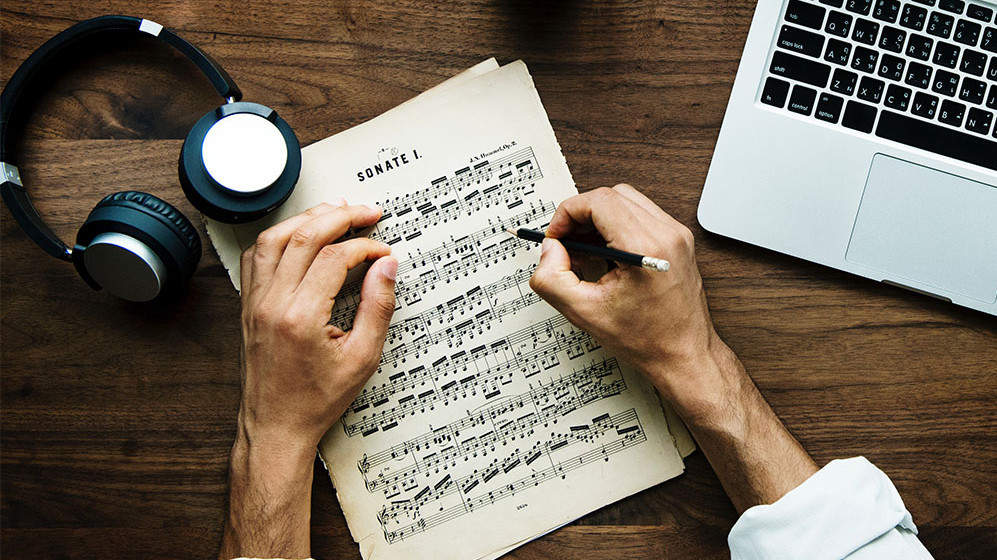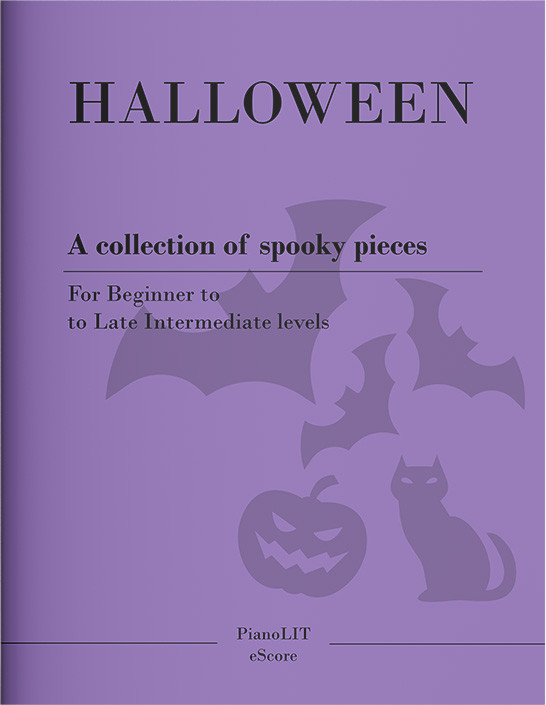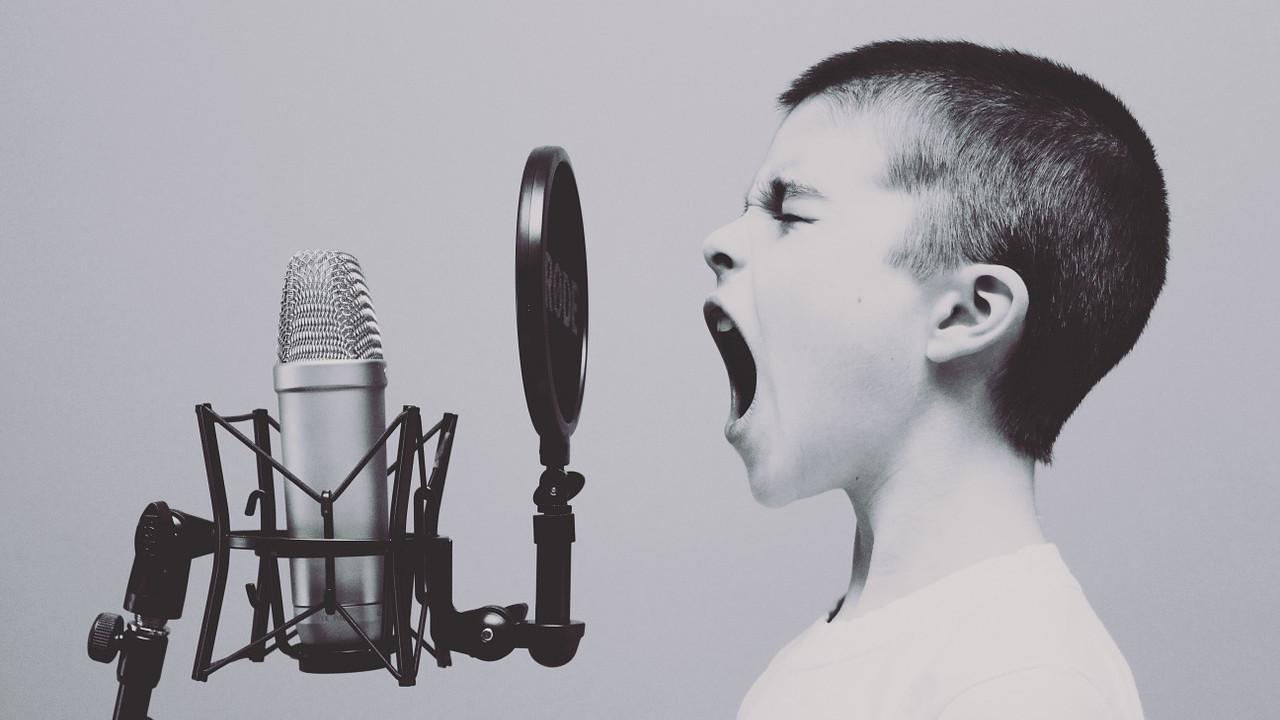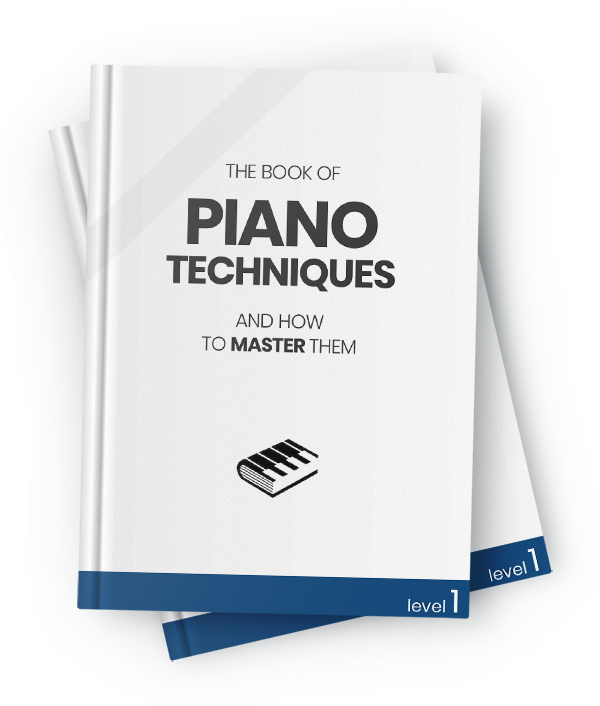Learn to read music FAST!
One of the first things that a beginner pianist has to do is learn to read piano music. If you think it's a daunting task, then you are in the right place. This post will teach you how to read music for piano in a few simple steps.
Apr 17, 2019 • 11 min read
19605

Want a heads up when a new story comes out?
A question that many beginners and wannabe musicians always ask me is: "Should I learn how to read piano music? Is it important?". Well yes, yes it is. Every musician should learn or at least have the basics of it. Many great musicians don't know how to read music, while this hasn't stop them from playing, it does create a source of insecurity with an overall lack of confidence when the topic comes up with fellow musicians.
"I highly recommend musicians out there who are playing and writing music to take some time and learn how to read music. The better you understand music, the more you can create something truly original instead of just mimicking what you have heard several times. You can get by without it, but why would you limit your abilities as a musician?"
There is no reason for you not to read music, it's easy to know the basics. Let's jump to it.
Reading music tells you two important things:
- Pitch, which notes to play
- Rhythm, when to play each note
Reading the notes pitch
Notes are positioned inside a staff (also called pentagram, from penta = five, gram = line) which is a stack of five lines and four spaces. The lower lines represent lower pitches, the higher lines higher pitches.

The absolute pitch of the note is indicated by the placement of a clef. There are many different clefs in music, but for pianists only two really matter: the Treble clef (of G clef) and the Bass clef (or F clef).
The Treble clef is placed on the second line of the staff and reads the notes like so, starting from the G:

The Bass clef is placed on the fourth line of the staff and reads the notes like so, starting from the F:

Once you have learned the basic succession of notes, these will repeat in the same sequence up and down the staff. When the staff ends you add what are called ledger lines which are some sort of extension of the staff.


Reading the notes rhythm
The first step in reading rhythm is understanding the notes value.
- Whole note, four beats long
- Half note, two beats long
- Quarter note, one beat long
- Eighth note, half of a beat long
- Sixteenth note, quarter of a beat long
Then we need to look at the time signature, positioned right after the clef, which will help us understand how to count and divide. The two numbers in the time signature tell you how many beats are in each measure of music. A piece with a time signature of 4/4 has four quarter note beats; each measure with a 3/4 meter has three quarter note beats; and each measure of 2/4 time has two quarter note beats.
In our example below we have a 4/4 time, the first measure is entirely taken by the whole note (4 beats), the second by two half notes (2 beats + 2 beats), the third by 4 quarter notes (1 beat + 1 beat + 1 beat + 1 beat), the fourth by eighth notes (eight times 1/2 beat) and the last by sixteenth notes (sixteen times 1/4 beat).

The most common time signatures that you will encounter are:
- Common time, 4/4 meter (often replaced by the letter C)
- Waltz time, 3/4 meter
- March time, 2/4 meter
- Compound time, 6/8 meter
Practice, practice, practice
Once you have reached this point, the best suggestion is to practice reading notes and rhythm before jumping onto more advanced topics which will make the entire music reading business waaay more complicated. Download MusicEasy app (it's free!) and start improving!

Additional topics
1. Rest and silence
Music is composed by sounds but also by silence. What is called rest in music is an interval of silence, identified by a symbol that indicates the length of it.

Looking at the example below, we can see that the measure is made by an alternation of a G quarter note and a quarter rest.

2. Sharps and flats
To better understand sharps and flats, you should be familiar with the concept of music intervals (you can read more about it here). Briefly, a music interval is the distance between any two notes. Between the notes F and G there is an interval of a tone. But the music scale is composed by tones and semitones, where a semitones is half of a tone. To identify when an interval is increasing or decreasing by a semitone, we use sharps and flats which are shown by a ♯ sign or a ♭ sign placed before the note.
Golden rule: Sharps (♯) raise the note by a semitone, Flats (♭) lower the note by a semitone.

The natural mark (♮) cancels any sharps or flats the note had prior. Sharps and flats are carried on only for the duration of one measure, unless they are part of the key signature (read more about key signatures right below).
3. Key signatures
To really grasp the concept of key signature, you must know what a key is in music. We suggest to dive deeper into this topic to understand the concept better. (Warning: this is not easy to digest, so take your time and don't feel frustrated if it doesn't click with just some few simple definitions).
Definition: A key is a set of seven chords that gravitate around a center, the tonic note.
Each key will have a different group of accidentals (that's the definition of the combination of sharps and flats) which will be shown right after the clef and before the time signature. The accidentals shown as key signature are carried throughout the entire piece without the need of repeating the ♯, ♭ symbols in front of each note. The note may return to be a natural only if it's preceded by the natural sign ♮.
4. Dynamic markings
The dynamics of a piece is the variation in loudness between notes or phrases. Dynamics are indicated by specific musical notation, often in some detail, but most of the times, they require interpretation by the performer. Dynamic markings are mostly written in the Italian language:
- p or piano, meaning "soft".
- f or forte, meaning "loud".
- mp, standing for mezzo-piano, meaning "half soft".
- mf, standing for mezzo-forte, meaning "half loud".
- più p, standing for più piano and meaning "softer".
- più f, standing for più forte and meaning "louder".
- pp, standing for pianissimo and meaning "very soft".
- ff, standing for fortissimo and meaning "very loud".
- ppp, standing for pianississimo and meaning "more than very soft".
- fff, standing for fortississimo and meaning "more than very loud".
- crescendo (abbreviated cresc.) translates as "increasing" (literally "growing"). Crescendo is also indicated by the mark (
 )
) - decrescendo (abbreviated to decresc.) translates as "decreasing". Decrescendo is also indicated by the mark (
 )
) - diminuendo (abbreviated dim.) translates as "diminishing"
The above definitions touch only the surface of what dynamic markings and symbols are. The is a large variety of markings that can be interpreted differently between composers and periods, but we'll leave those for more advanced studies.
Conclusion
Now that you have reached the end of the post, we highly recommend to engage in few exercises to keep fresh what you have learned and improve your ability to recognize notes and rhythms. Don't feel intimidated by the scores anymore, take your time and try to read note by note, with a little time it will all make sense. It's like learning a new language, you must to know the basics in order to improve with time and practice.
Happy improving!


